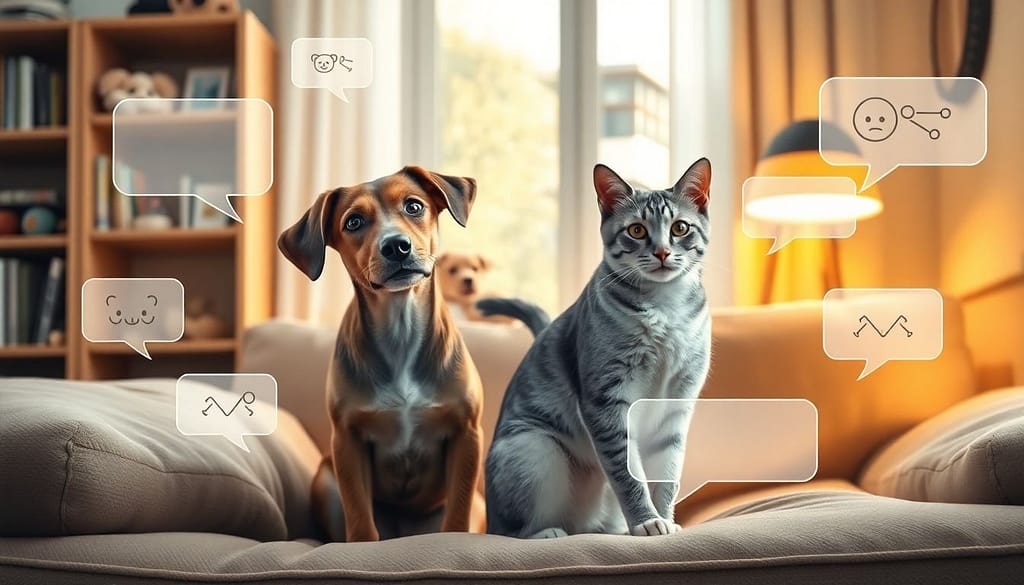
The Truth About DolphinGemma and Communicating With Dolphins
Dolphins hold a special place in many minds. Their playful nature and bright intelligence make them seem almost human. Some people believe dolphins can understand and even talk with us. Over time, a few individuals claim to have unlocked the secret to dolphin communication. Among them is DolphinGemma, a popular figure online. But what is […]
The Truth About DolphinGemma and Communicating With Dolphins Read More »


